Finding productivity apps that genuinely improve your workflow rather than just cluttering your Apple Watch requires cutting through marketing hype and testing apps in actual work scenarios. After months of daily testing across various professional and personal situations, here’s what actually delivers results.
The Reality Check: Most Apps Don’t Help
Let’s address the elephant in the room – most Apple Watch productivity apps simply duplicate your iPhone functionality without adding meaningful value. The successful apps understand the watch’s unique strengths: quick glances, voice input, and reducing phone dependency during focused work.
Task Management: Two Clear Winners
Todoist Takes the Crown Todoist nails the Apple Watch experience because it doesn’t try to be everything. Quick task creation through voice commands works reliably, even with technical jargon and proper names. The watch face complications showing your next task or daily progress keep you accountable without being intrusive.
The free version handles basic project organization, while the $4/month premium adds AI assistance and calendar integration. For most users, free suffices unless you’re managing complex multi-person projects.
Things 3: Premium but Worth It At $9.99 one-time purchase, Things 3 costs more upfront but delivers sophisticated organization through its “Areas” system. The evening planning section encourages healthy work closure, while calendar integration provides unified scheduling visibility.
The interface feels polished rather than cramped, making complex task hierarchies manageable on the small screen. If you’re serious about comprehensive life organization, this justifies the premium price.
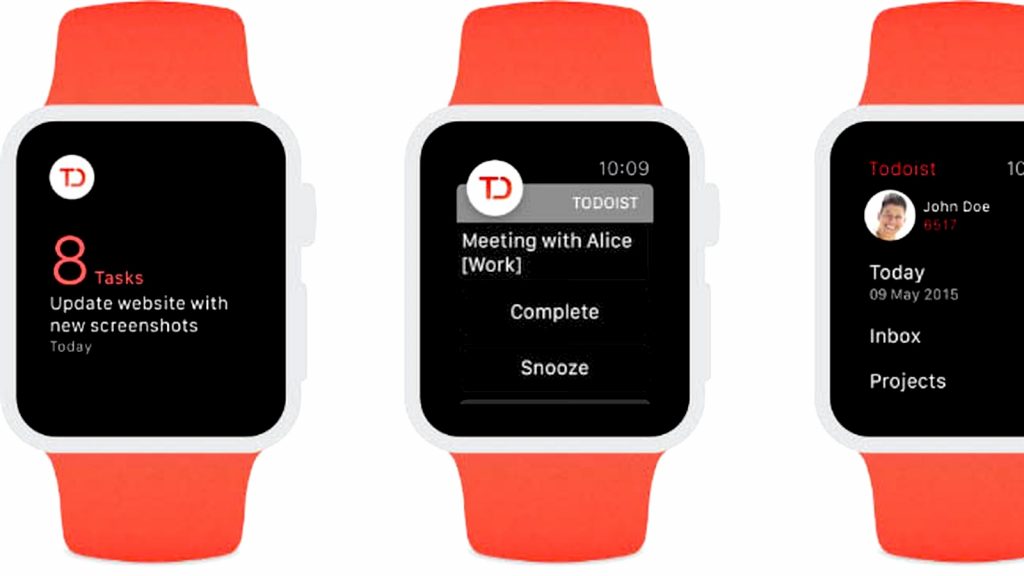
Note Capture: Drafts Dominates
The Apple Watch lacks a native Notes app, making Drafts essential for quick capture. Voice recognition outperforms watchOS dictation, particularly for technical terms and complex sentences. The blank note default eliminates friction – open app, speak, done.
Flagged drafts and folder organization prevent note chaos, while iPhone sync ensures nothing gets lost. The $1.99/month subscription adds automation features, but free users get substantial functionality.
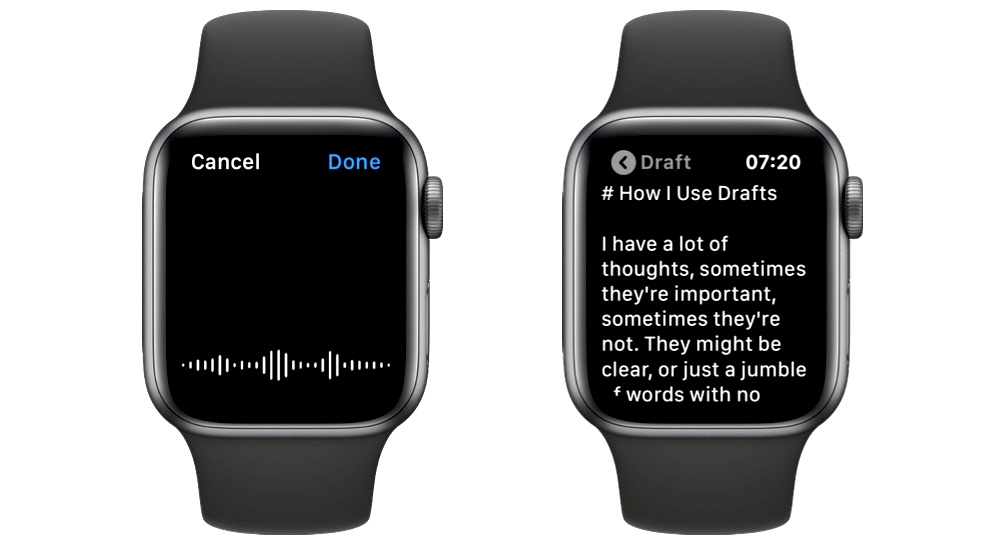
Focus and Time Management: Proceed with Caution
Focus App: Expensive but Effective Focus implements proper time-blocking methodology with session-based work periods. The wrist-based timing reduces phone distraction compared to smartphone timers, leading to measurably better task completion in testing.
However, $7.99/month represents serious money for a timer app. Consider whether structured time management justifies this cost versus free alternatives or the built-in Timer app.
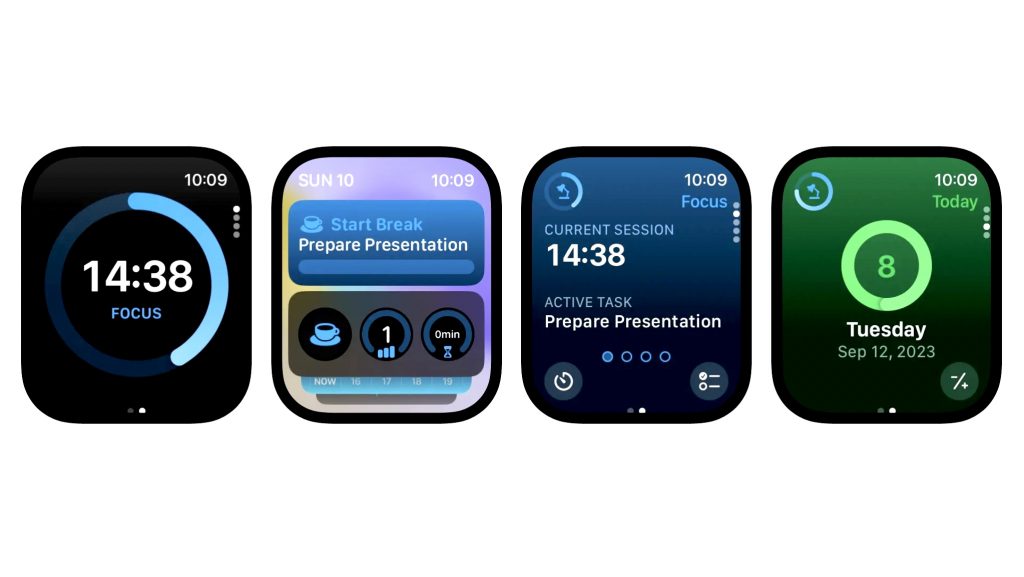
Habit Building: Streaks Gets It Right
Streaks succeeds because it embraces the Apple Watch’s constant presence. Immediate habit logging upon completion improves tracking accuracy and reinforces positive behaviors through psychological momentum.
The $5.99 one-time purchase eliminates subscription fatigue while supporting flexible scheduling patterns – daily, weekly, or custom frequencies. The visual streak counters provide genuine motivation without becoming obsessive.
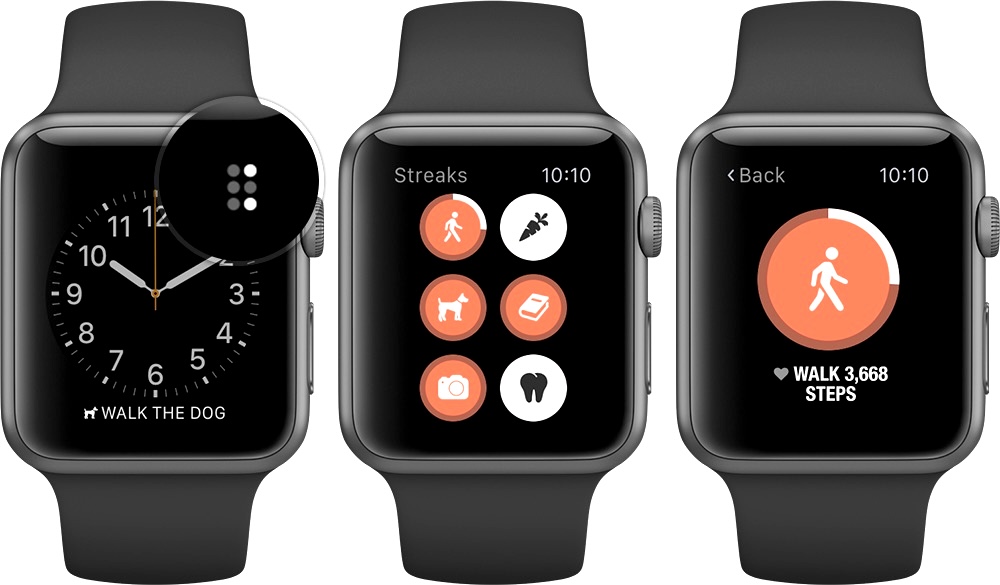
Sleep Tracking: AutoSleep Punches Above Its Weight
AutoSleep transforms sleep data into actionable productivity insights through its “readiness” score, correlating sleep quality with daily performance capacity. The sleep rings presentation mirrors familiar Activity Rings for intuitive interpretation.
At $5.99 one-time purchase, it delivers premium sleep analysis typically found in expensive devices like Oura Ring. The bedtime optimization recommendations actually help improve sleep timing for better productivity outcomes.
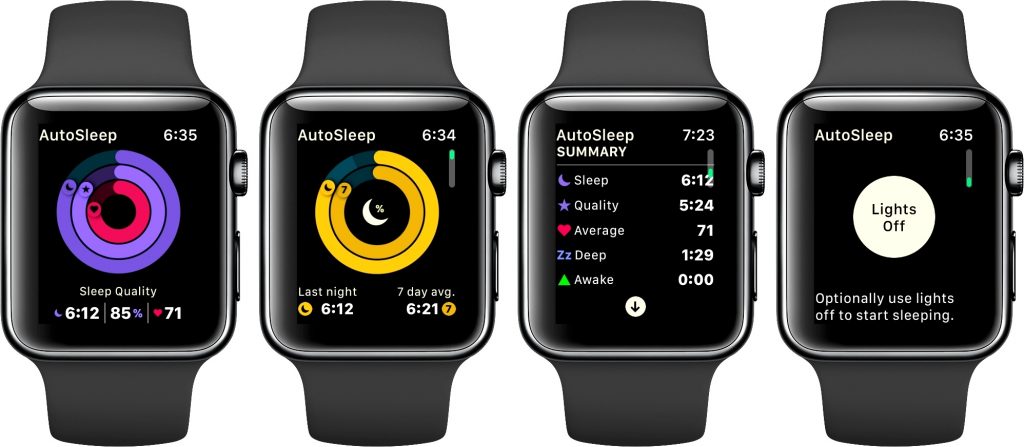
Calendar Management: Skip the Complexity
Fantastical: Beautiful but Expensive Fantastical offers sophisticated calendar management with weather integration and multiple viewing modes. The interface design exceeds the built-in Calendar app, and voice event creation works reliably.
However, $4.99/month requires careful justification. Users with basic scheduling needs should stick with the free Calendar app unless complex calendar management justifies ongoing subscription costs.
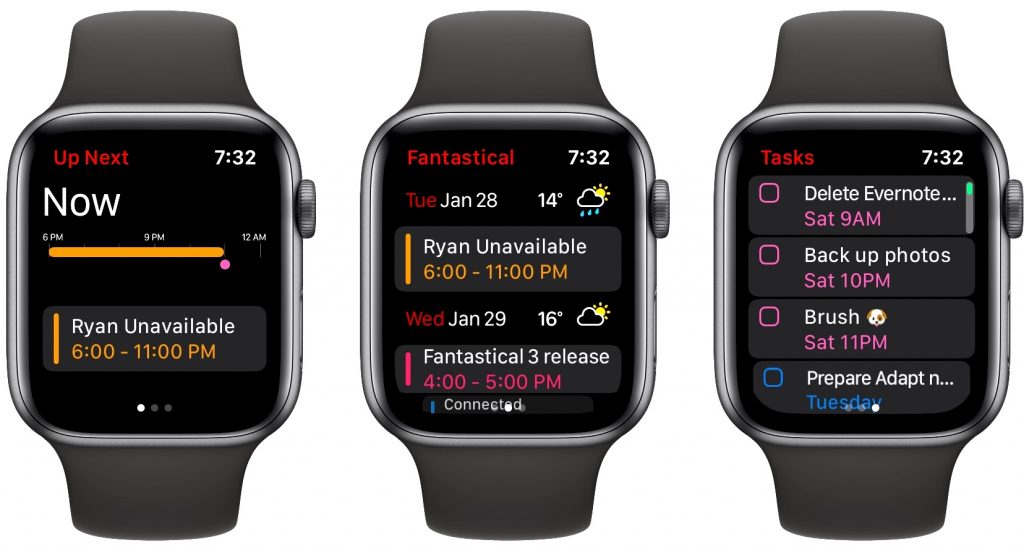
What Didn’t Make the Cut
Several popular apps failed real-world testing:
- Bear: Note-taking feels cramped on the small screen
- Pocket: Reading articles on a watch proves impractical
- Slack: Responding to messages creates more problems than solutions
- 1Password: Authentication apps work better on phones
Budget-Conscious Recommendations
For maximum productivity improvement with minimal cost:
- Todoist (free tier) for task management
- Drafts (free tier) for note capture
- Streaks ($5.99) for habit building
- AutoSleep ($5.99) for sleep optimization
Total investment: $11.98 with no ongoing subscriptions.
Premium Setup for Power Users
If budget allows and you demand comprehensive functionality:
- Things 3 ($9.99) for advanced task management
- Drafts Premium ($1.99/month) for automation features
- Focus ($7.99/month) for structured time management
- Fantastical ($4.99/month) for sophisticated scheduling
This setup costs significantly more but provides desktop-class organization capabilities.
Installation and Setup Reality
Expect a learning curve. Apple Watch apps require deliberate habit formation – you must consciously choose wrist over phone for these tools to provide value. Start with one app, use it consistently for two weeks, then add others gradually.
Voice input accuracy improves with consistent use as the system learns your speech patterns. Practice common commands until they become automatic.
The Honest Assessment
Apple Watch productivity apps work best as supplements to, not replacements for, established workflows. They excel at reducing phone dependency during meetings, commutes, and focused work sessions.
Success requires realistic expectations about screen size limitations and battery impact. The most effective approach combines 2-3 well-chosen apps rather than attempting comprehensive smartphone duplication on your wrist.
Choose based on your specific pain points – task forgetting, meeting interruptions, or habit inconsistency – rather than trying to solve every productivity challenge through wrist-based apps.
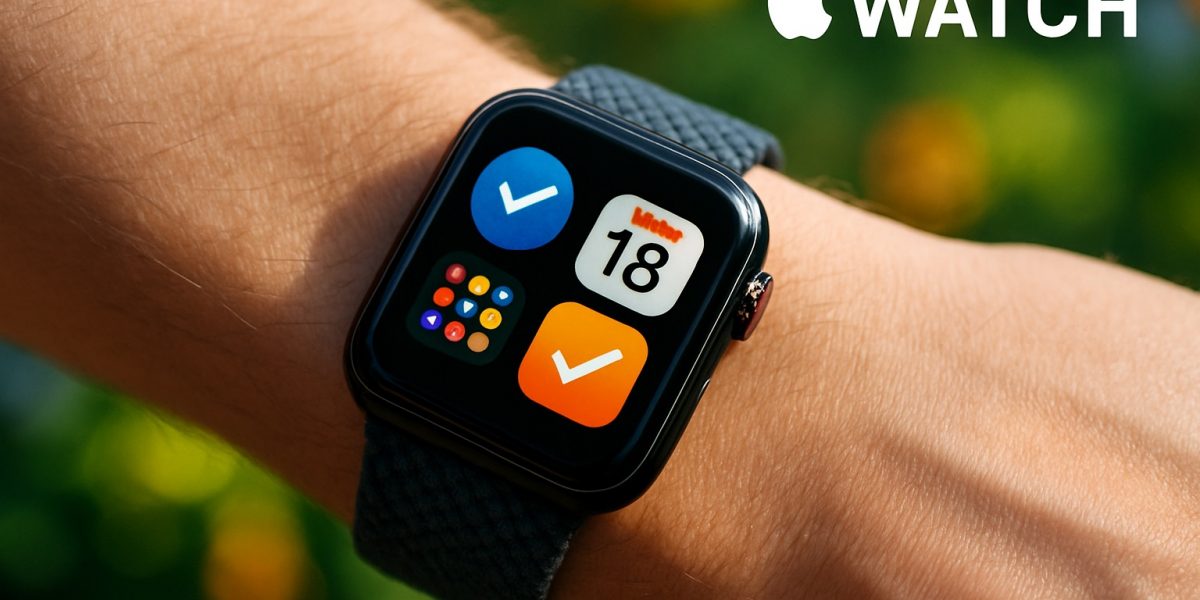



Post a comment